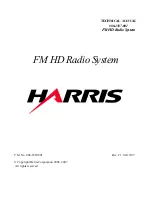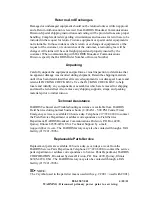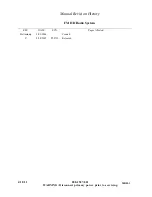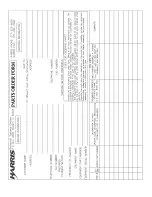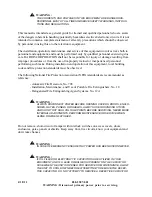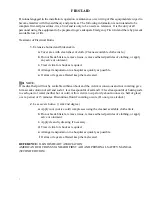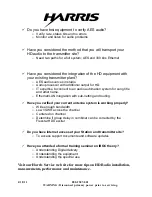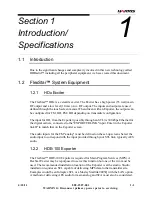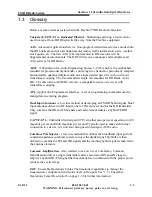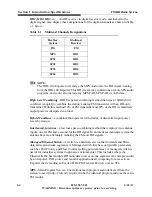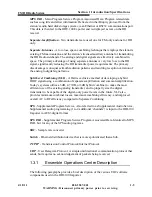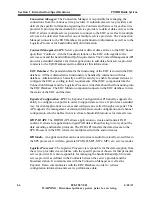
FIRST-AID
Personnel engaged in the installation, operation, maintenance or servicing of this equipment are urged to
become familiar with first-aid theory and practices. The following information is not intended to be
complete first-aid procedures, it is a brief and is only to be used as a reference. It is the duty of all
personnel using the equipment to be prepared to give adequate Emergency First Aid and there by prevent
avoidable loss of life.
Treatment of Electrical Burns
1.
Extensive burned and broken skin
a.
Cover area with clean sheet or cloth. (Cleanest available cloth article.)
b.
Do not break blisters, remove tissue, remove adhered particles of clothing, or apply
any salve or ointment.
c.
Treat victim for shock as required.
d.
Arrange transportation to a hospital as quickly as possible.
e.
If arms or legs are affected keep them elevated.
NOTE:
If medical help will not be available within an hour and the victim is conscious and not vomiting, give
him a weak solution of salt and soda: 1 level teaspoonful of salt and 1/2 level teaspoonful of baking soda
to each quart of water (neither hot or cold). Allow victim to sip slowly about 4 ounces (a half of glass)
over a period of 15 minutes. Discontinue fluid if vomiting occurs. (Do not give alcohol.)
2.
Less severe burns - (1st & 2nd degree)
a.
Apply cool (not ice cold) compresses using the cleanest available cloth article.
b.
Do not break blisters, remove tissue, remove adhered particles of clothing, or apply
salve or ointment.
c.
Apply clean dry dressing if necessary.
d.
Treat victim for shock as required.
e.
Arrange transportation to a hospital as quickly as possible.
f.
If arms or legs are affected keep them elevated.
REFERENCE:
ILLINOIS HEART ASSOCIATION
AMERICAN RED CROSS STANDARD FIRST AID AND PERSONAL SAFETY MANUAL
(SECOND EDITION)
\

